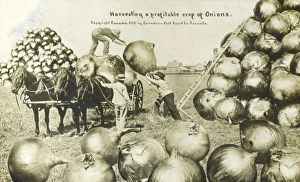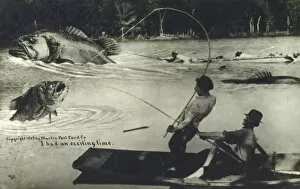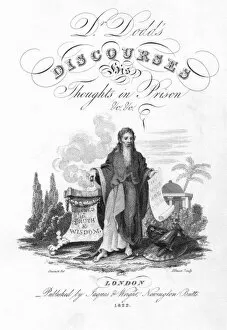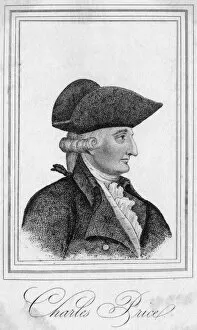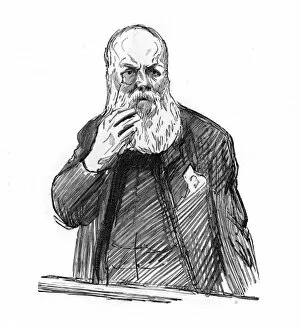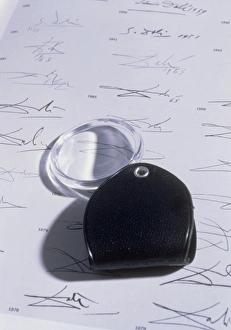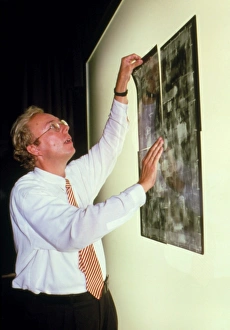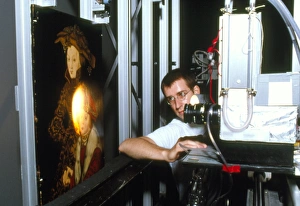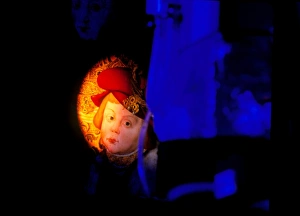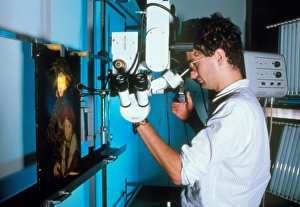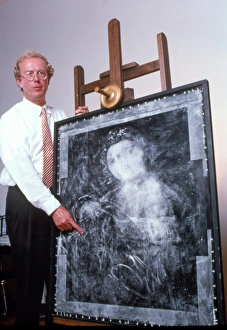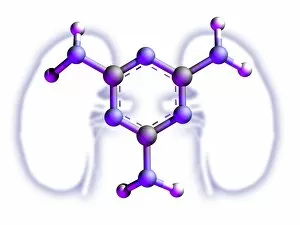Forgery Collection (page 5)
"Unraveling the Threads of Deception: The Enigmatic World of Forgery" In 1689, a young Sir Isaac Newton sat for a portrait
All Professionally Made to Order for Quick Shipping
"Unraveling the Threads of Deception: The Enigmatic World of Forgery" In 1689, a young Sir Isaac Newton sat for a portrait, unaware that his image would later become entangled in a web of deceit. Little did he know that centuries later, this innocent painting would pale in comparison to the infamous Loch Ness Monster sightings. But it was not mythical creatures alone that captured public imagination; rather, it was the Piltdown Man memorial erected in 1938. A discussion on the Piltdown skull by John Cooke shed light on its dubious origins and sparked controversy among scholars. As headlines blared "Piltdown Man: The Most Ancient Inhabitant of England, " doubts began to creep into scientific circles. A clandestine forgery meeting ensued, where experts dissected every detail surrounding this supposed ancient ancestor. The Piltdown man reconstructed with meticulous precision fooled even seasoned geologists at Piltdown. They were unwittingly drawn into an elaborate hoax that shook the foundations of evolutionary theory. Yet forgery is not confined to historical artifacts alone. From art to agriculture, deception knows no bounds. Just as Canada celebrated its largest ear of corn grown within its borders, a wine counterfeiter disguised as an excursionist met his downfall near Kufstein's Bavarian border in Germany. Throughout history, individuals like "The Falsifier Fool" have sought personal gain through their crafty manipulations – brush and Indian ink on paper serving as their tools of choice during times when authenticity mattered most. Forgery serves as a stark reminder that truth can be elusive and appearances deceiving. It challenges our notions of trust and forces us to question what we hold dear – whether it be portraits or prehistoric remains. So let us delve into these tales woven by masterful impostors and learn from them. For only through understanding past deceptions can we hope to safeguard against future forgeries lurking beneath seemingly genuine facades.

